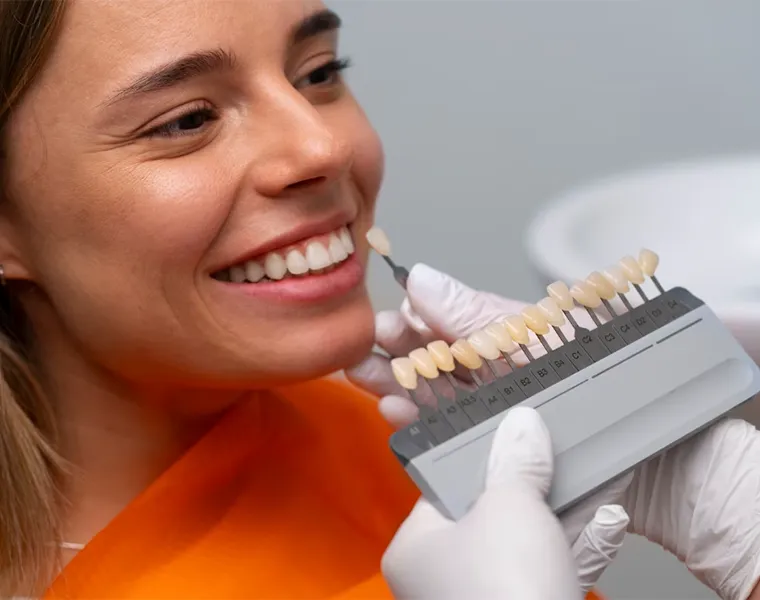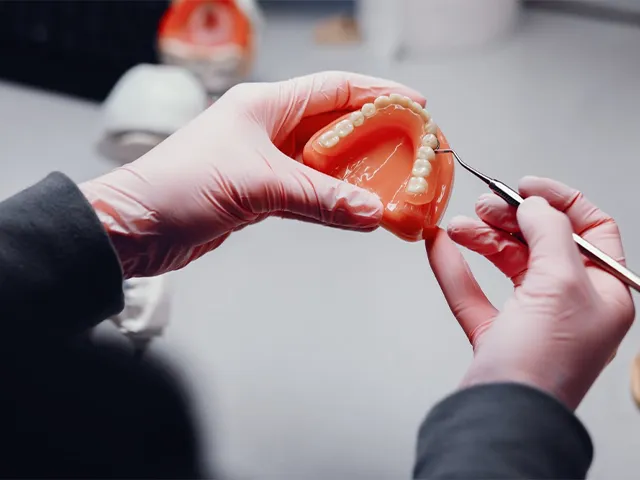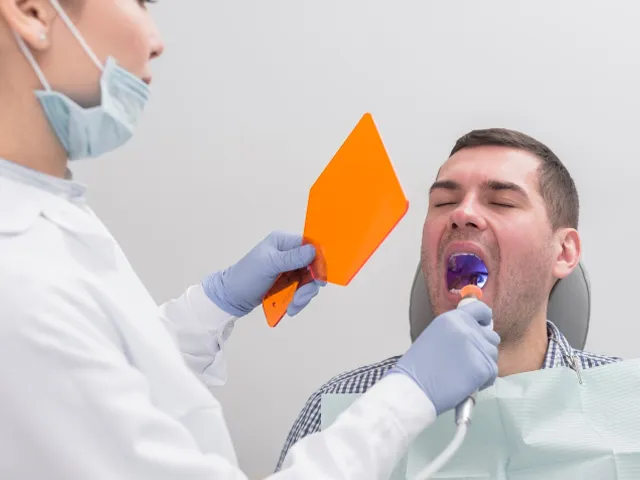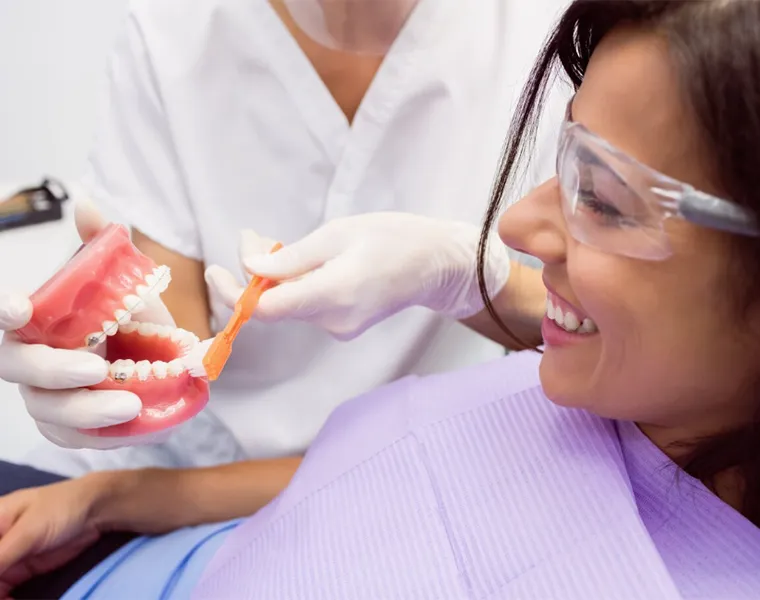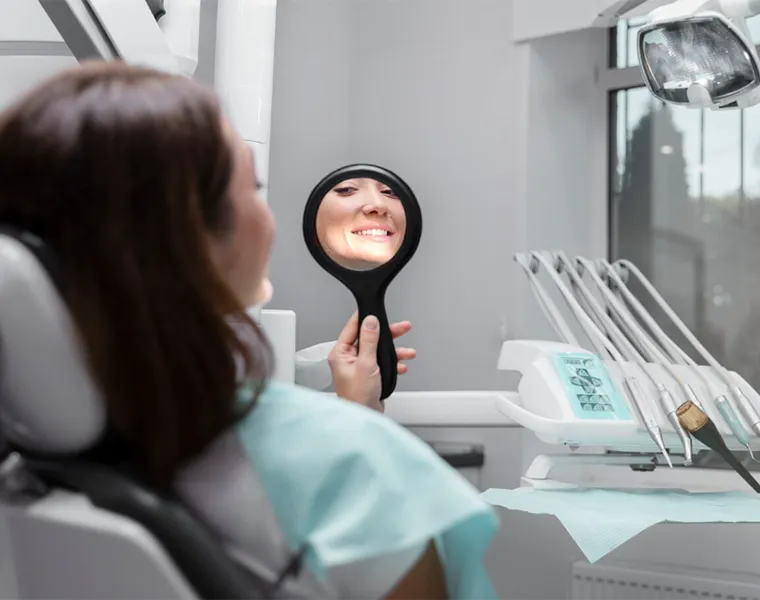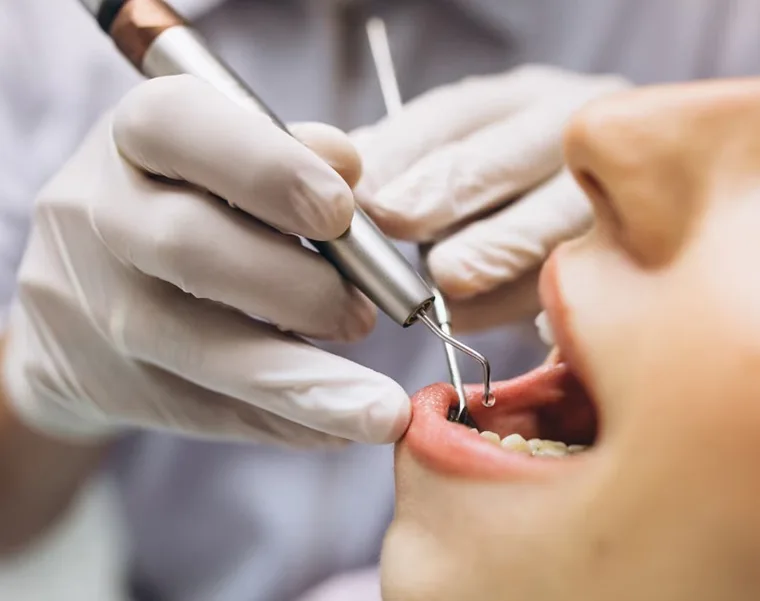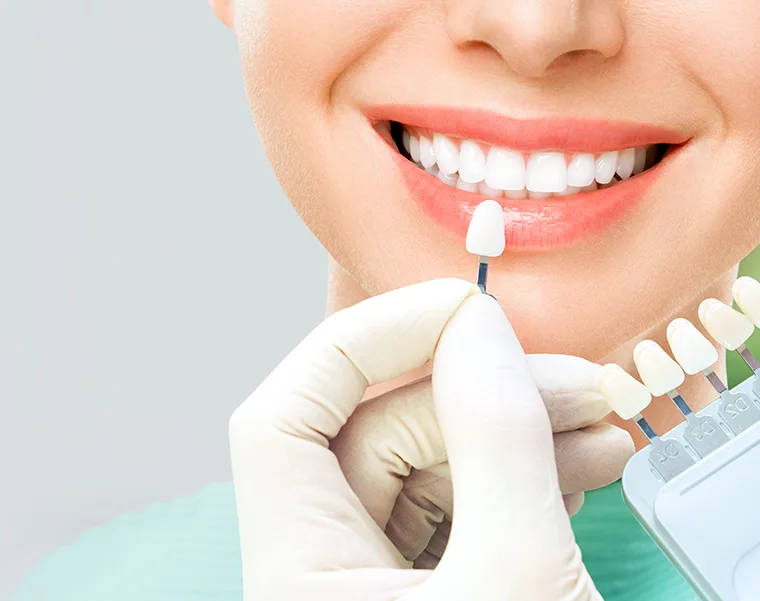Gingival fungus is a condition that occurs when fungal infections in the mouth affect the gums. The most common cause of this infection is a fungus called Candida albicans. Under normal circumstances, this fungus is present in low levels within the oral flora. However, it can multiply when the immune system is weakened, after prolonged antibiotic use, or when oral hygiene is insufficient.
Gingival fungus can be managed by maintaining good oral hygiene. Regular tooth brushing and flossing should become a routine. Additionally, antiseptic mouthwashes and antifungal medications prescribed by a doctor can help prevent the recurrence of fungal infections. Supporting the immune system, maintaining a balanced diet, and avoiding stress can also aid in the healing process. This issue often manifests with symptoms like a burning sensation in the mouth, redness, and white patches.
How does fungus on the gums go away? This problem is a serious disease that can lead to many oral and dental diseases. For this reason, it is important for people with signs of fungus on their gums to consult a dentist. Treatments to be applied at home cannot create a permanent solution, and unconscious applications can lead to different problems. Paying attention to oral and dental hygiene can prevent the problem from occurring or progressing. Strengthening the immune system can also accelerate the healing process of gingival fungal disease.
Gingival Fungal Inflammation
Gingival fungus is a condition that negatively affects oral health. It occurs as a result of overgrowth of Candida fungus in the mouth. Gingival fungus medications play an important role in controlling this infection.
Gingival fungus can manifest itself with white spots in the mouth, swelling, tenderness and inflammation of the gums. In this case, starting gingival fungus treatment immediately will prevent the infection from spreading.
In most cases, antifungal medications are prescribed forthe treatment of gingival fungus. In this process, it becomes more important to pay attention to oral hygiene. Improvingoral hygiene is very important to prevent the infection from progressing. Brushing, flossing and antiseptic mouthwashes can prevent the spread of oral fungus. However, these measures alone are not enough for treatment.
This type of fungus can settle in many areas of the mouth. Fungus on the gums can be combined with other oral problems, such as a fungal infection of the tongue. In this case, the infection can become more serious. Oral fungus is characterized by white spots, especially on the gums and tongue. These spots appear as whitening of the gums. If the problem in question is not treated, it can lead to problems such as gingival recession.
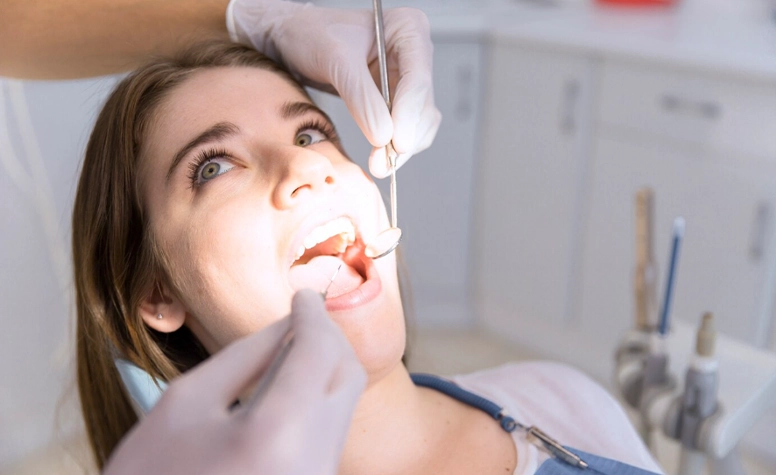
Methods that can be applied at home include maintaining oral hygiene and avoiding sugary foods. However, there is no correct answer to the question of how to get rid of gingival fungus at home. Getting professional help is the safest way to solve this problem.
Libredent Oral and Dental Health Center performs gum diseases and many other oral and dental health/aesthetic applications. You can contact us for detailed information and appointments.

